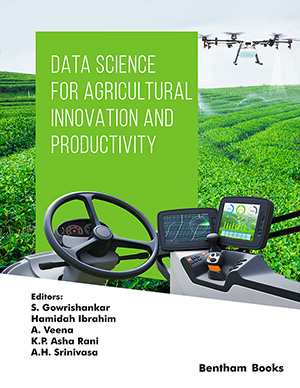Abstract
Background: Hypertension is a global public health issue that is becoming more prevalent. It is a non-communicable disease and a great public health problem affecting almost half of the world’s adult population. Being multifactorial, hypertension is a key risk factor for stroke, coronary artery disease, heart failure, and chronic renal failure. However, the cellular and molecular mechanisms that regulate it remain mostly unknown. According to numerous studies, microRNAs (miRNAs) have been implicated in a range of cellular processes in the development of illnesses. The current study aims to identify miRNAs in hypertension from genome sequences found in public genomic databases.
Materials and Methods: In this study, we have used bioinformatic approaches to identify miR-26a- 1 for hypertension using the NCBI database, miRBase and target scan. Finally, the RNA fold was used to create the secondary structure of miR-26a-1.
Results and Discussion: Careful evaluation of secondary structure result showed that hsa-miR- 26a-1 has a minimum free energy of - 37.30 kcal. The correlation between miR-26a-1 and hypertension genome sequence was identified.
Conclusion: These computational approaches have concluded that miR-26a-1 can be used as a diagnosis, prognosis and effective therapeutic target for treating hypertension. Thus, further research could enlighten the role of miR-26a-1 in hypertension.
Keywords: Hypertension, miRNAs, biomarkers, therapeutic target, hsa-miR-26a-1, heart failure.
[http://dx.doi.org/10.1007/s11906-017-0752-z] [PMID: 28597404]
[http://dx.doi.org/10.1016/j.cjca.2017.12.005] [PMID: 29459239]
[http://dx.doi.org/10.1016/j.gheart.2015.04.006] [PMID: 26213298]
[http://dx.doi.org/10.1161/HYPERTENSIONAHA.118.11126] [PMID: 30354825]
[http://dx.doi.org/10.1016/j.cell.2018.03.006] [PMID: 29570994]
[http://dx.doi.org/10.1038/nrd4359] [PMID: 25011539]
[http://dx.doi.org/10.1038/nature03049] [PMID: 15531879]
[http://dx.doi.org/10.1016/j.bbagrm.2015.08.007] [PMID: 26303205]
[http://dx.doi.org/10.1016/j.lfs.2014.08.003] [PMID: 25128856]
[http://dx.doi.org/10.2174/2211536605666160610094230] [PMID: 27297584]
[http://dx.doi.org/10.1038/s41371-018-0104-8] [PMID: 30232397]
[http://dx.doi.org/10.3892/mmr.2017.6122] [PMID: 28098882]
[http://dx.doi.org/10.1177/0300060520920430] [PMID: 32600075]
[http://dx.doi.org/10.1038/s41440-019-0369-5] [PMID: 31792346]
[http://dx.doi.org/10.1042/BSR20180525]






























